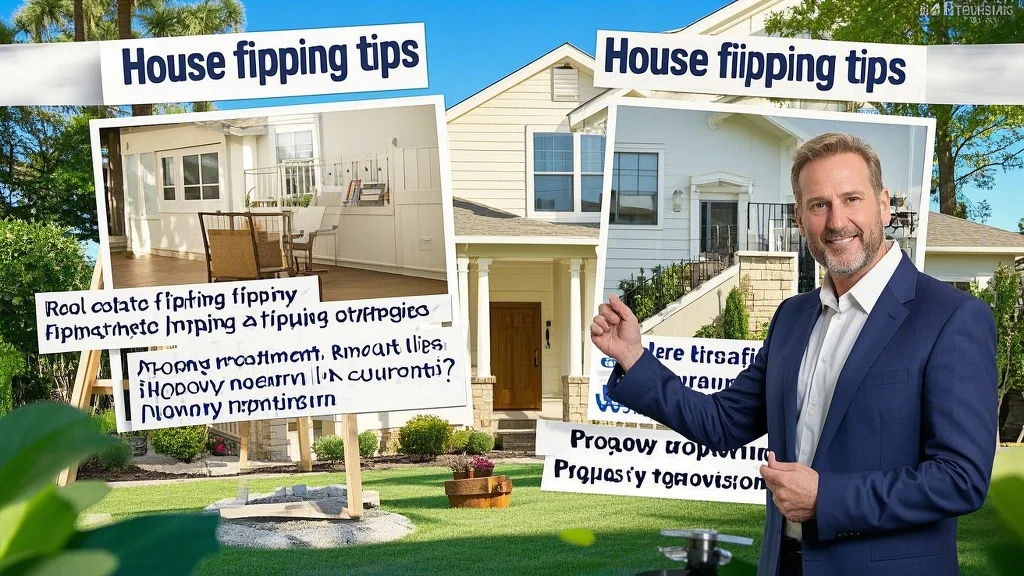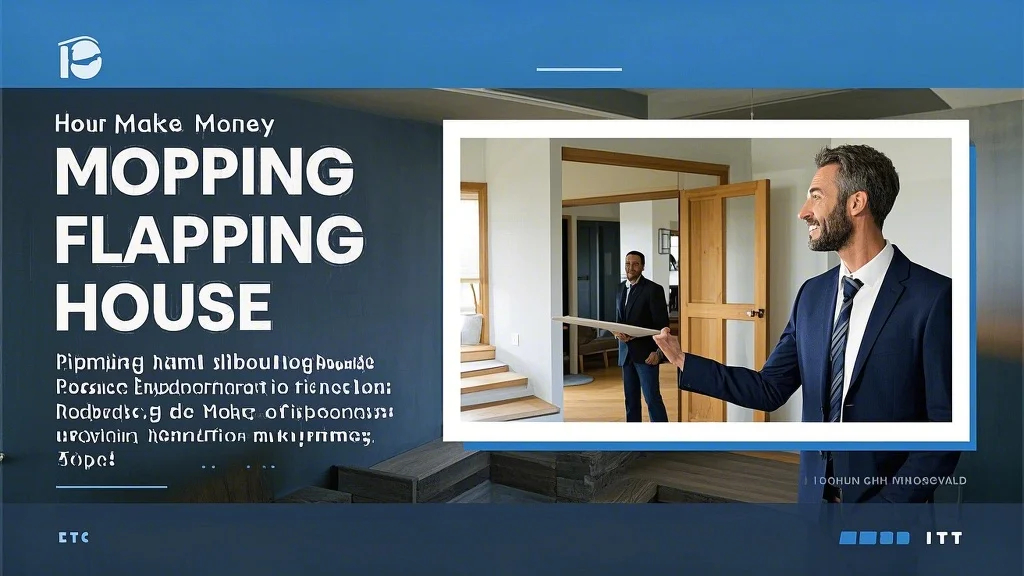Mastering the Art of House Flipping
Embarking on a house flipping venture can be both exciting and challenging. The key to success lies in understanding the local real estate market and identifying properties with the most potential. Start by researching neighborhoods that are showing signs of growth or revitalization. Look for properties that are priced below market value due to cosmetic issues rather than structural problems. It’s crucial to develop a keen eye for spotting diamonds in the rough – homes that may look unappealing but have good bones and are located in desirable areas. Building relationships with real estate agents who specialize in distressed properties can give you access to deals before they hit the market. Remember, the goal is to find properties where the cost of purchase and renovation will be significantly lower than the property’s potential resale value.
Essential Real Estate Flipping Strategies
Developing effective real estate flipping strategies is crucial for maximizing profits. One proven approach is the “70% rule,” which suggests that you should pay no more than 70% of a property’s after-repair value minus repair costs. This strategy helps ensure a healthy profit margin. Another important consideration is the speed of the flip – the longer you hold onto a property, the more carrying costs you’ll incur. Focus on creating a streamlined renovation process by assembling a reliable team of contractors and suppliers. It’s also wise to have contingency plans for unexpected issues that may arise during the renovation process. Successful flippers often specialize in specific types of properties or neighborhoods, allowing them to develop expertise and efficiency in their chosen niche.

Smart Property Investment Tips for Flippers
When it comes to property investment through flipping, financial acumen is just as important as renovation skills. Start by securing adequate financing, whether through traditional mortgages, hard money loans, or private investors. Carefully analyze each potential deal, considering not just the purchase price and renovation costs, but also holding costs, selling expenses, and potential market fluctuations. It’s essential to maintain a detailed budget and track all expenses meticulously. Many successful flippers recommend setting aside an additional 10-20% of the renovation budget for unexpected costs. Understanding the tax implications of flipping is also crucial – consult with a tax professional to ensure you’re maximizing deductions and minimizing liabilities. Remember, the goal is not just to flip houses, but to build a sustainable and profitable business.
Identifying High-Return Investments in Real Estate
Finding high-return investments in the real estate market requires a combination of market knowledge and analytical skills. Look for properties in areas with strong economic fundamentals, such as job growth, population increases, and infrastructure development. Consider emerging neighborhoods that are adjacent to more expensive areas, as these often offer the best potential for appreciation. When evaluating potential flips, pay close attention to comparable sales in the area to ensure your projected resale price is realistic. It’s also important to consider the seasonality of the real estate market – certain times of year may be better for buying, renovating, or selling. Successful flippers often use a combination of data analysis and on-the-ground research to identify the most promising opportunities.
Maximizing Returns Through Strategic Property Renovation
Effective property renovation is the cornerstone of successful house flipping. Focus on improvements that will provide the highest return on investment, such as kitchen and bathroom upgrades, which typically offer the best ROI. However, it’s important not to over-improve a property for its neighborhood – your renovations should be in line with what buyers in that area expect and are willing to pay for. Pay attention to current design trends, but avoid overly trendy choices that may date quickly. Energy-efficient upgrades can be particularly appealing to modern buyers and may help your property stand out in the market. Always prioritize structural and mechanical systems over cosmetic improvements, as these are essential for the long-term value of the property. Remember, the goal is to create a home that appeals to the broadest range of potential buyers.
Building a Sustainable House Flipping Business
To create a sustainable house flipping business, it’s important to think beyond individual projects. Develop systems and processes that can be replicated across multiple flips, increasing efficiency and profitability. Build a reliable network of professionals, including contractors, real estate agents, and lenders, who understand your business model and can help you move quickly on opportunities. Consider diversifying your investments by combining flipping with other real estate strategies, such as buy-and-hold rentals. Continuously educate yourself about market trends, new renovation techniques, and financing options. Successful flippers often reinvest a portion of their profits into their business, whether by building a cash reserve for future projects or investing in tools and equipment that can improve efficiency. Remember, the most successful flippers are those who approach their business with both passion and professionalism.
